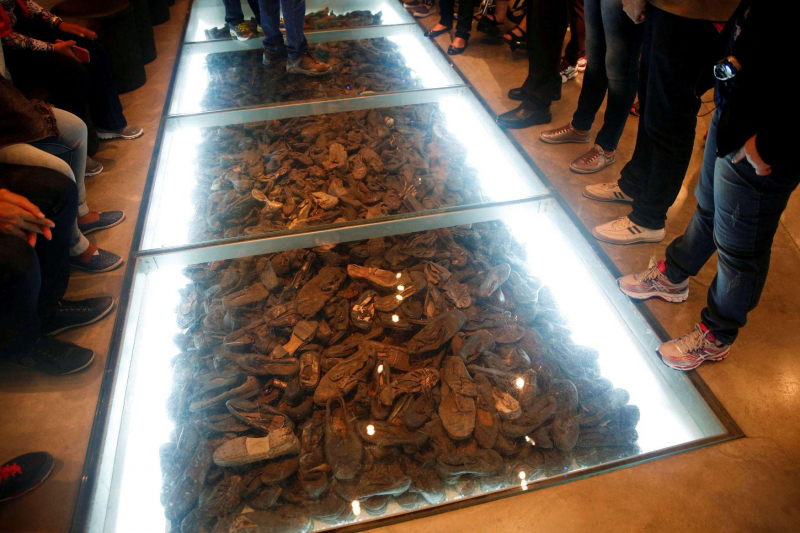Yad Vashem
Yad Vashem in Jerusalem is a museum and Israel’s official memorial to the victims of the Holocaust. Beginning with the persecution of the Jews in Germany in 1933, the Nazi Party, under the leadership of Adolf Hitler, began a campaign in which Jews and other social and ethnic groups were taken into forced labor and extermination camps, suffering torture, intolerable conditions, and mass executions. Over six million Jews died during the Holocaust, and at least five million people from other ethnic or social groups which the Nazis also deemed ‘undesirable’ were murdered alongside them.
The founding of the State of Israel is inextricably linked with this event, and Yad Vashem was established in 1953 – the name comes from Isaiah 56:5, and literally means ‘a memorial and a name. Most visitors to Yad Vashem spend their time at the Holocaust History Museum – it’s incredibly moving and worth visiting. Unlike other Holocaust memorial sites, Yad Vashem details the events which preceded the Holocaust and explain how and why anti-Semitism was so prevalent across Europe around this period. It tells the story of this grim and tragic chapter of history through exhibits including photographs, victims’ accounts, art installations, and information panels.
The Hall of Names remains one of the most moving parts of the whole sight, and it’s not unusual to see people leaving in tears: the hole in the floor symbolizes all of those who died whose names will never be known as everyone who might have remembered or mourned them perished too. It’s hard to find the words to describe the harrowing nature of some of what’s on display, but this makes Yad Vashem all the more important a site to visit and remember.












